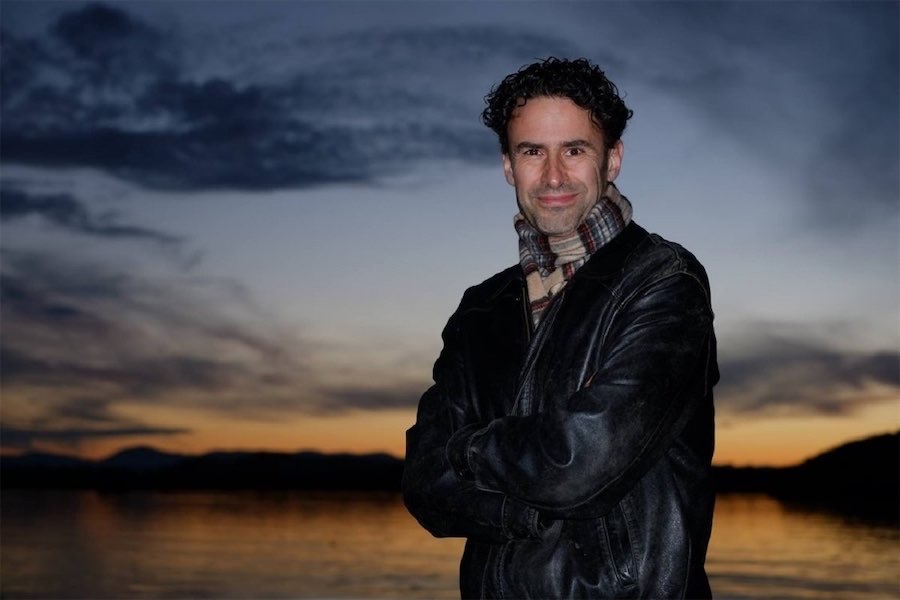
TIME travelling is easy to do in the music world, but it’s especially rewarding for audiences to experience and understand the contrast in styles through the history of one musical format, like a string quartet.
The largo that opens Alessandro Scarlatti’s “Sonata a Quattro no 4 in D minor”, begins with just one violin, then two, then the viola and about one minute later, the cello fills in the bass. This slow introductory type of setting creates a unique style, which allows people to breathe gradually into a piece of music.
The second movement, with its mournful fugue-like construction, slides between each instrument, but as soon as it started, it was over. Then they were into the first of two allegros in this piece and then followed by a short minuet. This work is a clear and well-composed representation of a Baroque string quartet.
Bartók’s “String Quartet no 1”, is full of folk tunes, but mainly in the latter movement, and uniquely, each section of this quartet blends into the following one. Interestingly, it began the same way as the Scarlatti quartet. First one violin, then two, then viola followed by the cello. And, it also started with a slow first movement; however, its intensity was clear right from the first note, which soon built into an attacking and emotional force that had some beautiful tunes for the cello to sing.
Dale Barltrop on violin, Francesca Hiew on violin, Stephen King on viola and Sharon Grigoryan playing the cello who makes up the Australian String Quartet, seemed more at home with the Bartók than the Scarlatti. They expressed the music of Bartók with great force and sensitivity. They balance their notes and the phrasing so well. Their ability to all attack a note in unison and create perfectly timed and controlled crescendos and diminuendos is a delight to experience.
The latter section of this quartet where the cello gets to play an extended solo showed just how good the sound of Grigoryan’s Guadagnini violoncello is, and when combined with her warm sustained playing the effect was enthralling.
Beethoven’s melodies in his “String Quartet in F major” op 59 no 1, start at the very beginning of this piece and don’t let up. Again, the cello stars among the even and tender harmonies.
The delightful allegretto second movement bounces with joy and brightness as its tunes go from instrument to instrument. The slow and sad third movement flowed with an evenness of tone and quality while never getting morbid or tiresome.
As the Russian ambassador Count Razumovsky commissioned this piece, the final movement with its Russian theme didn’t please everyone of the time. In an 1812 performance in Russia, the cellist trampled his part underfoot, declaring it to be an “undignified joke”. However, in 2017 it received roaring applause from this audience.
Who can be trusted?
In a world of spin and confusion, there’s never been a more important time to support independent journalism in Canberra.
If you trust our work online and want to enforce the power of independent voices, I invite you to make a small contribution.
Every dollar of support is invested back into our journalism to help keep citynews.com.au strong and free.
Thank you,
Ian Meikle, editor




Leave a Reply